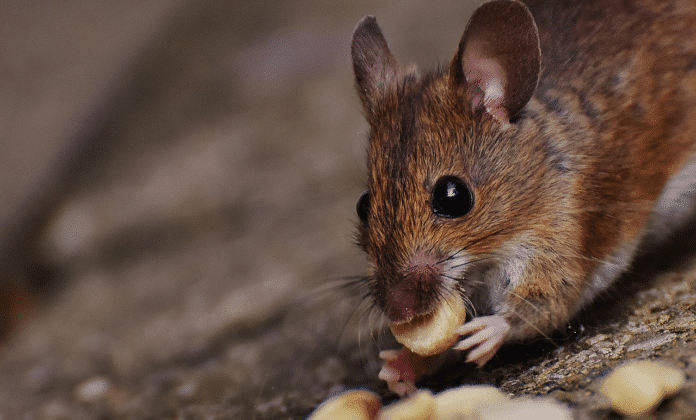It is widely believed that the mouse and human cerebellum are enough alike. What’s more, scientists have, for decades, resorted to using mouse models for brain experiments.
In a new study, scientists sought to find if the mouse cerebellum truly is enough, as the human cerebellum, for results from such experiments to be useful. And the results are quite surprising- suggesting that the mouse cerebellum may not be a good model for the human cerebellum in brain studies.
Scientists studied the development of the cerebellum in mice, humans, and macaques—another animal that is used for cerebellum studies. For this, tissue samples were gathered from hospitals, other institutions, tests, and prior research efforts.
After comparing the samples, scientists discovered an unexpected difference—a group of progenitor cells that had never before been seen in the human cerebellum or the brains of either the mice or macaques.
Until this finding, such cells had been seen only in the human cerebral cortex. They also found that some of the progenitor cells in an area called the rhombic lip were the source of cerebellar granule neurons.
Until this finding, such cells had been seen only in the human cerebral cortex. They also found that some of the progenitor cells in an area called the rhombic lip were the source of cerebellar granule neurons. And they found that the rhombic lip took longer to develop in humans than the other two animals—it continued maturing throughout gestation.
They suggest such clear differences could mean that comparison of the cerebellum across mice and humans may not be as revealing as has been hoped. They also note that such differences might also explain why it has been so challenging to mimic cerebellum-based human defects in animal models.
The study is published in the journal Science.
